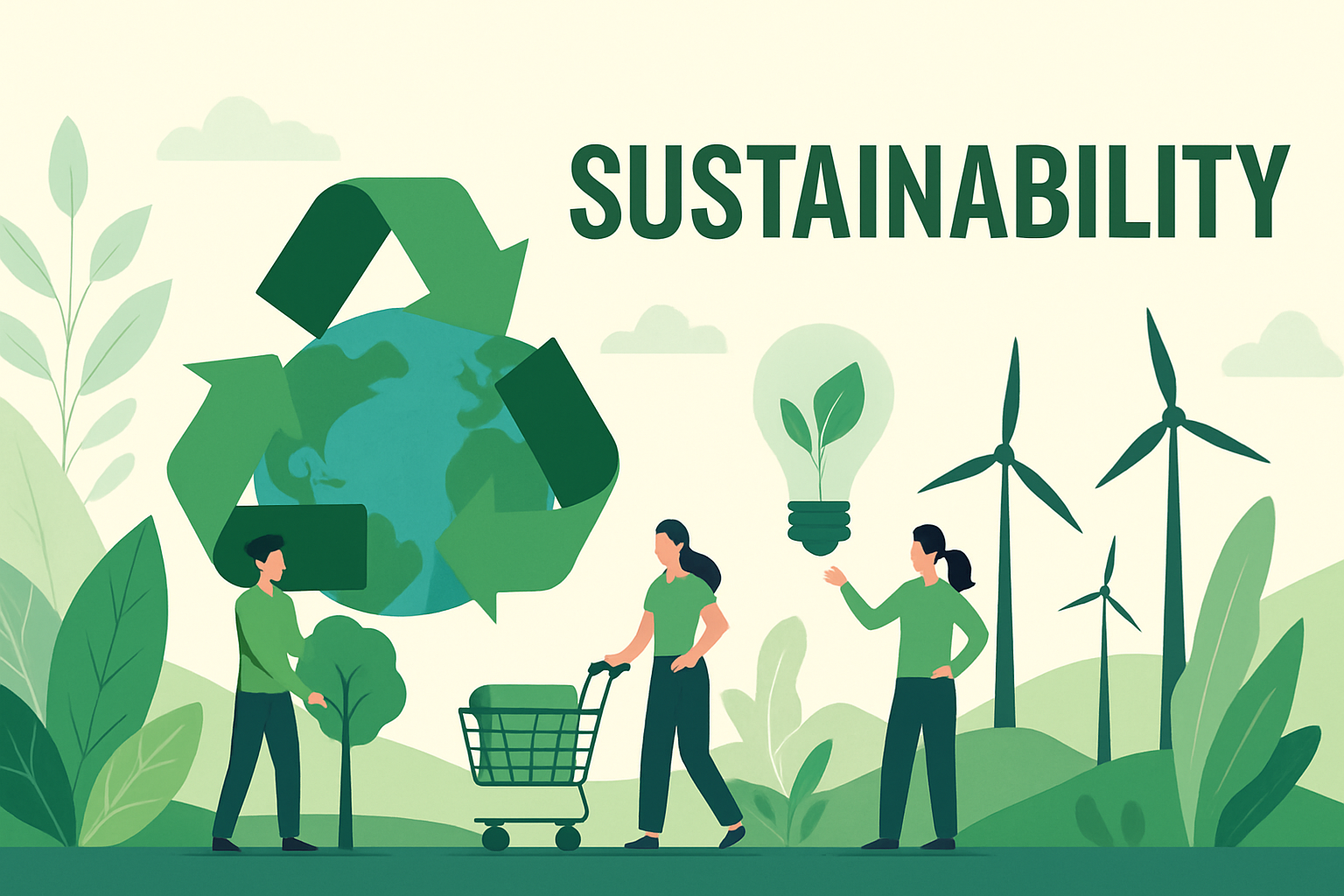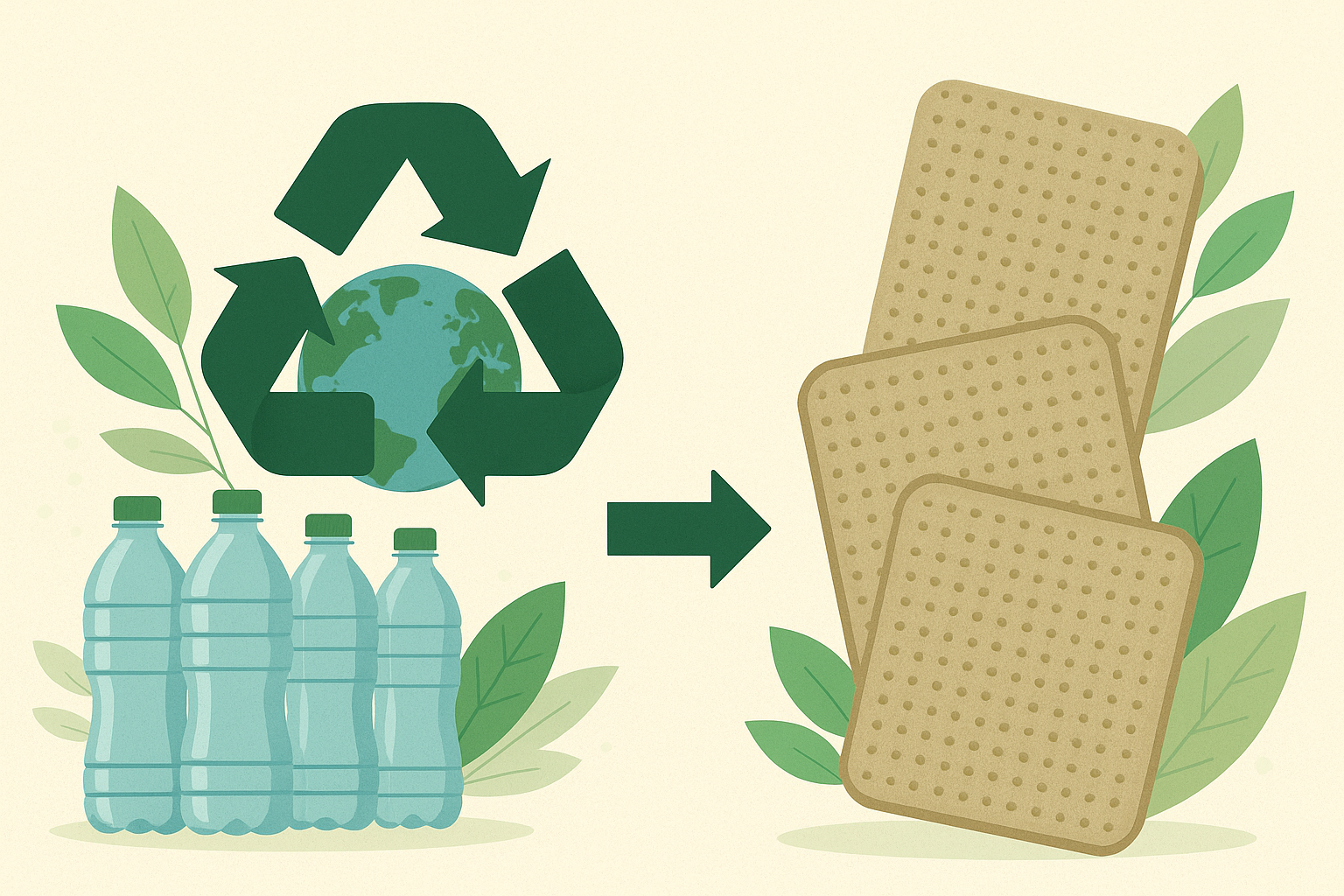Sustainability at EuroserPOD
We’re building products that are beautiful today and viable tomorrow—measuring water, energy and waste so you can source with confidence.

Traditional vs. Digital – Quantified Impact
Digital printing significantly reduces water, energy, and chemical load versus rotary processes. On-demand production further cuts stock and waste risk.
Water: 60–97% savings.
Energy: 40–75% savings.
CO₂: Generally lower for digital.
Ink: Far less waste and chemical load.
On-demand production cuts stock-driven waste and reduces the risk of products being scrapped.
| Metric | Digital printing (approx / 1 m²) | Traditional (rotary/wash/dip) (approx / 1 m²) | Typical difference / Note |
|---|---|---|---|
| Water consumption | ~2 – 5 L | ~50 – 100 L | Digital typically reports 60–97% water savings; some sources cite a “6× less water” advantage (differences come from volume/composition accounting). Reported by FESPA. |
| Energy (electric equivalent) | ~0.5 – 1.0 kWh | ~3 – 5 kWh | Lower drying/heating and hot-water needs reduce energy in digital; sources report ~40–75% reductions. Regional equipment and process steps vary. Reported by FESPA. |
| CO₂ (operational, est.) | ~0.1 – 0.6 kg CO₂e / m² | ~0.5 – 2.0 kg CO₂e / m² | Highly variable — energy mix (gas/electric) and process steps drive CO₂. LCAs commonly find digital to be lower. See Textile World. |
| Ink / dye consumption | ~6 – 15 cc / m | ~35 – 60 cc / m | Digital uses less ink/media; with water-based dispersions, total water content also falls. Source: FESPA. |
| Wastewater / chem. load | Very low — often minimal | High (dirty water, dye residues) | Fewer or no washing steps in digital reduce BOD/COD and chemical load. See VTT. |
| Production footprint & equipment | Smaller footprint (compact setups) | Larger facilities/extra lines (wash, dry, rotary) | Digital machines are more compact; enables smaller/regional production. Source: FESPA. |
| Inventory & on-demand production | ~0 (on-demand) | High (higher MOQs, stock risk) | On-demand production reduces stock-driven waste and lowers the risk of products being scrapped. See SPGPrints Blog. |
Figures reflect typical ranges; actuals vary with equipment, region, and process settings.
Recycled & Eco-Friendly Materials
reducing virgin plastic use and supporting circular material flows without compromising design quality or durability. This approach not only helps divert plastic waste from landfills but also enables the creation of vibrant, custom-printed textiles in a more sustainable way.
- • Recycled content in product surfaces from post-consumer PET bottles
- • Durable, long-life use suitable for heavy traffic areas
- • Recyclable or recoverable packaging

Scale Sustainably with EuroserPOD
Scale your collection with lower footprint SKUs. Our digital workflows and recycled-content options help brands hit sustainability targets at competitive costs.